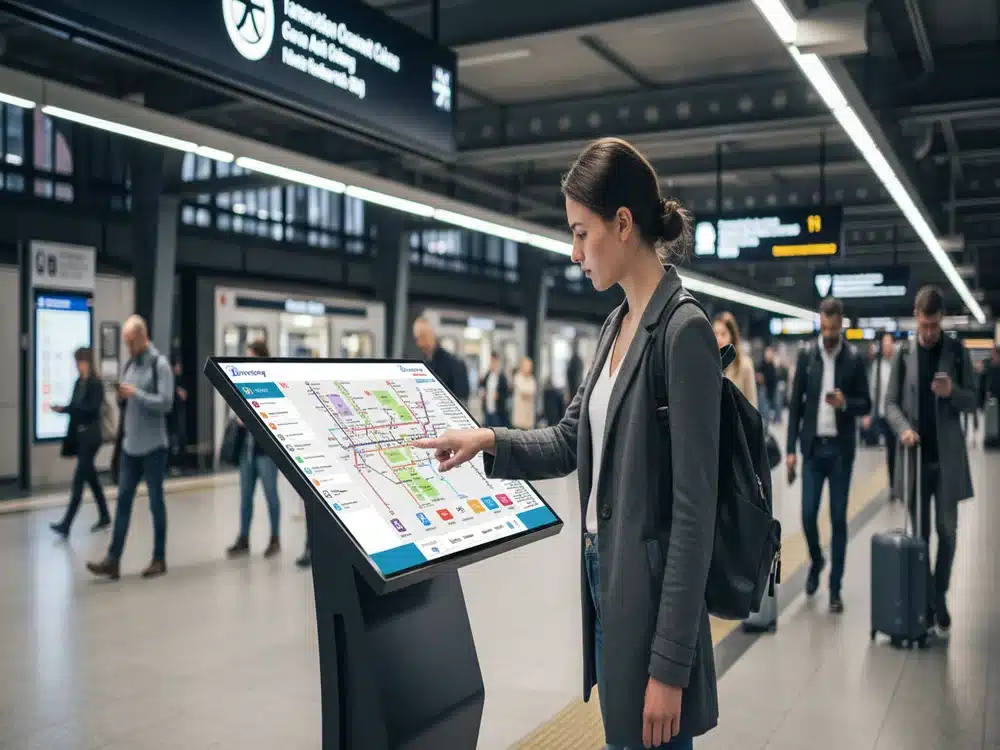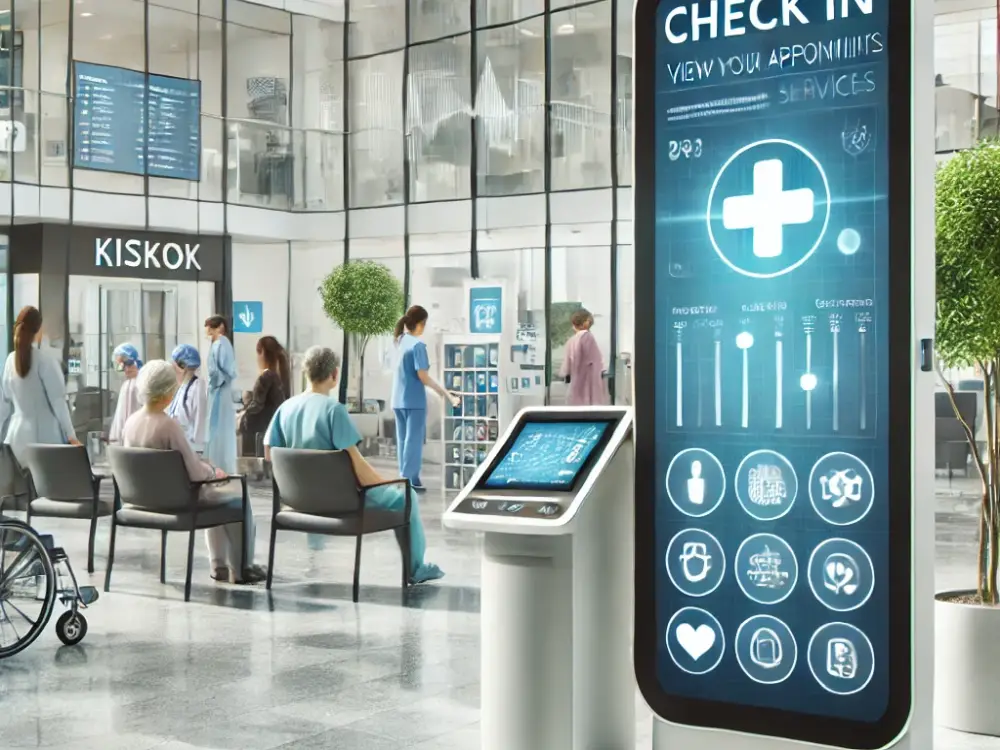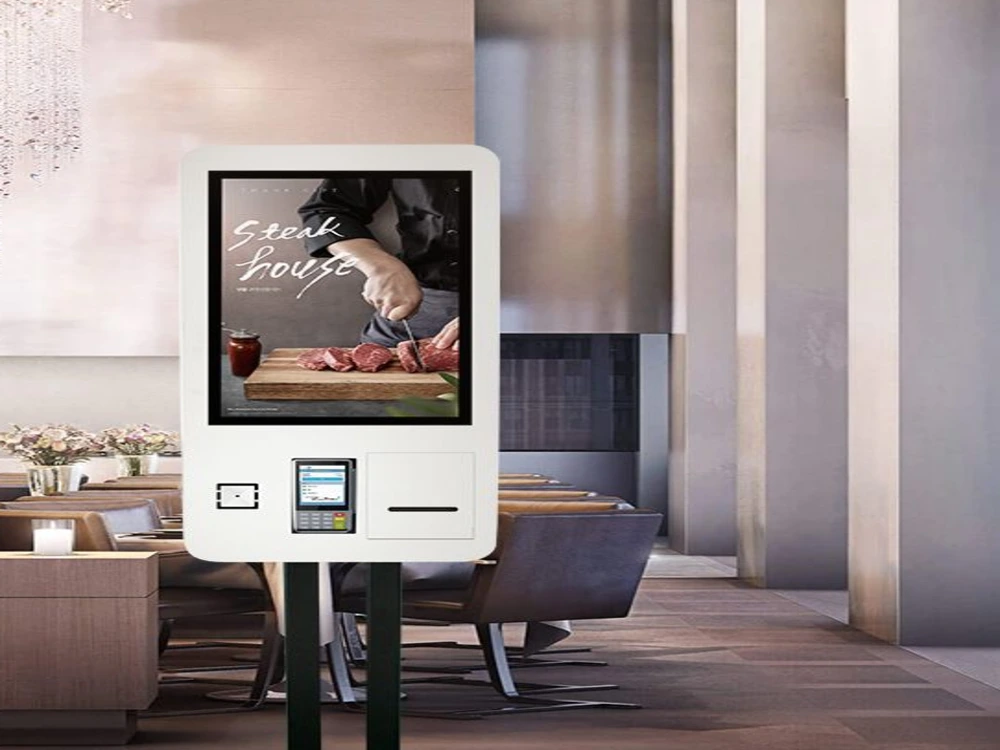In today’s fast-paced digital world, businesses are continuously evolving to enhance . One significant shift is the transition from traditional service methods to
interactive kiosks. Whether in retail, healthcare, or hospitality, an
interactive kiosk is transforming the way businesses operate. But how does it compare to conventional customer service? Here are
six reasons why interactive kiosks are a must-have for modern businesses.
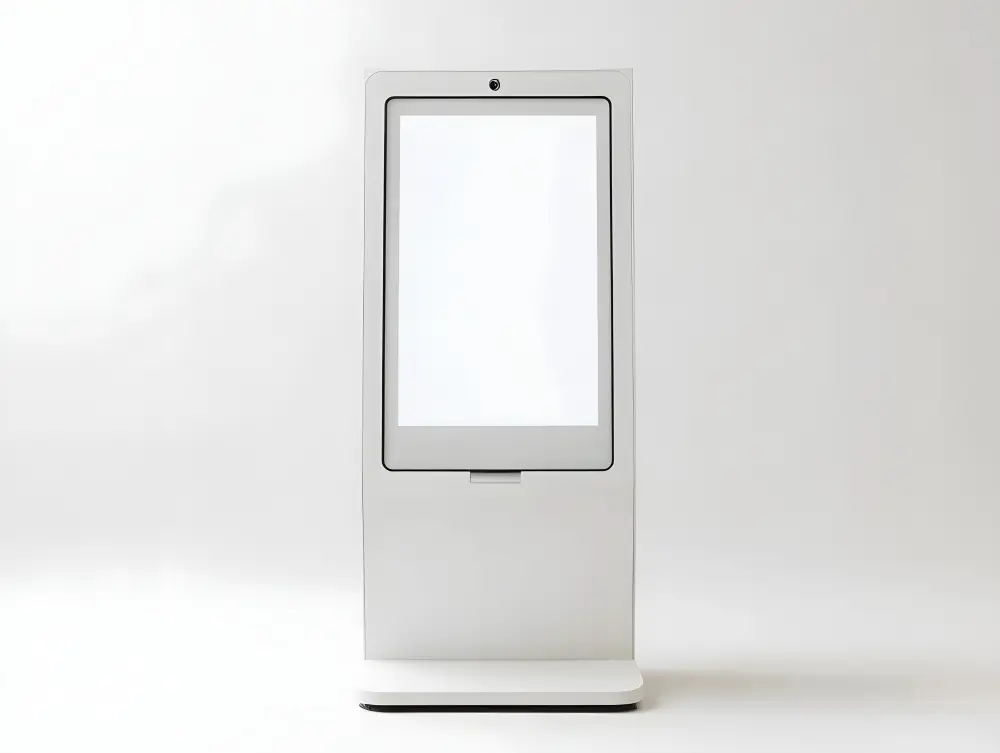
1. Speed and Efficiency
One of the most notable advantages of an
interactive kiosk is speed. Unlike traditional service, where customers may need to wait in long queues, it streamlines processes, reducing wait times and improving service efficiency. Businesses can use kiosks for quick transactions, self-check-ins, or information retrieval without requiring human assistance.
For example, in retail environments, self-checkout kiosks allow customers to complete their purchases without standing in long lines. In healthcare, kiosks assist with patient check-ins, reducing administrative burdens on staff. By integrating kiosks, businesses improve operational flow and customer satisfaction.
2. Cost Savings
Hiring staff to manage customer service can be expensive. With kiosks, businesses can reduce labor costs while maintaining high service quality. A well-placed kiosk can handle multiple customers at once, ensuring faster service without the overhead of hiring and training additional employees.
Consider
quick-service restaurants (QSRs) such as McDonald’s, which have implemented kiosks to take customer orders efficiently. This not only reduces dependency on cashiers but also increases order accuracy. By automating repetitive tasks, businesses free up staff to focus on personalized customer service, further enhancing brand reputation.
3. 24/7 Availability
Unlike traditional customer service, which is limited by working hours, a kiosk operates round the clock. This allows customers to interact with businesses at their convenience, increasing accessibility and satisfaction. Whether it’s a self-service kiosk in a retail store or a self-checkout station in a restaurant, customers enjoy seamless experiences anytime they need.
For example, in transportation hubs like airports and train stations, kiosks provide ticketing services 24/7, eliminating the need for manual counters. This level of accessibility helps businesses cater to more customers without time constraints.
4. Improved Customer Experience
A kiosk enhances the customer experience by providing instant access to information, services, and transactions. Customers no longer need to rely on staff for every query, making their experience smoother and more efficient. From ordering food to checking into hotels, a kiosk provides convenience and independence.
Additionally, multilingual support in kiosks ensures inclusivity, catering to diverse customer demographics. This is particularly useful in international airports, tourist centers, and global retail chains. Interactive interfaces are designed to be user-friendly, making it easy for customers of all ages to navigate services without frustration.
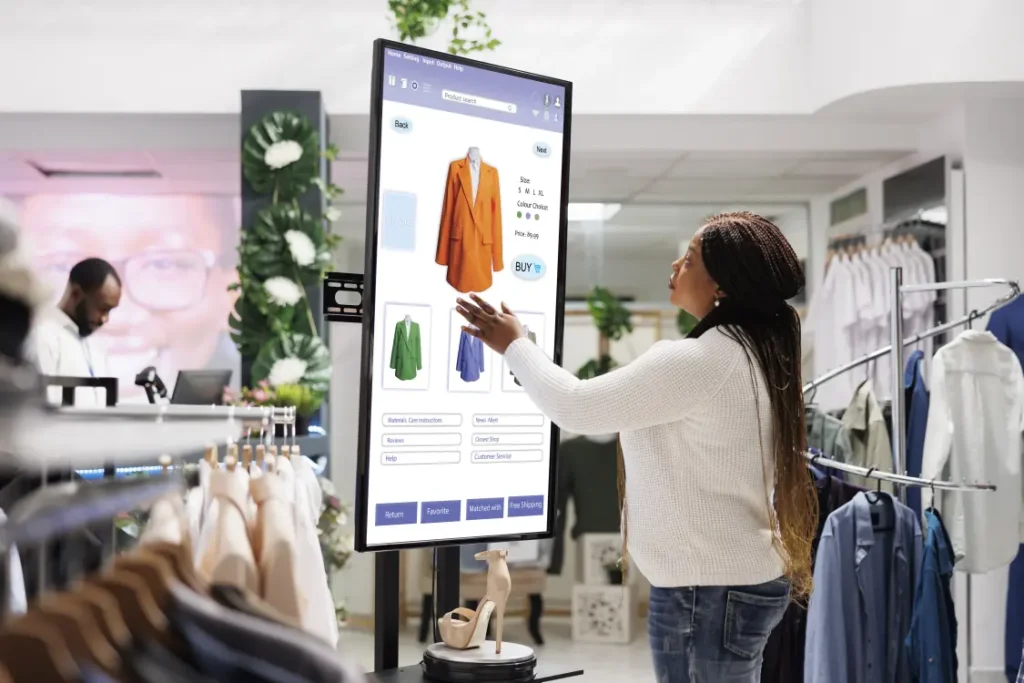 5. Reduced Human Error
5. Reduced Human Error
Human errors in service-based industries can lead to customer dissatisfaction. A kiosk minimizes these mistakes by providing automated, accurate information and transactions. Customers get exactly what they want without miscommunication, ensuring a seamless and error-free service process.
For example, in restaurants,
self-ordering kiosks allow customers to customize their orders precisely, reducing misunderstandings between customers and staff. Similarly, banking kiosks ensure accuracy in transactions, reducing discrepancies in financial services. With automated systems, businesses mitigate errors and enhance overall reliability.
6. Data Collection & Personalization
A kiosk allows businesses to collect valuable customer data for insights and personalized marketing. Unlike traditional service methods, kiosks can track customer behavior, preferences, and purchase patterns. This data helps businesses optimize their services, making interactions more relevant and engaging.
For instance, digital kiosks in shopping malls can analyze customer interactions to recommend products based on past purchases. Healthcare kiosks collect patient information to provide tailored medical advice. With data-driven insights, businesses can implement targeted marketing campaigns and improve customer retention rates.
Are Interactive Kiosks Replacing Traditional Service?
While interactive kiosks provide numerous advantages, they do not completely replace traditional service. Instead, they complement human interactions by handling repetitive tasks, allowing employees to focus on personalized assistance. A hybrid approach—where kiosks and traditional customer service coexist—ensures businesses provide both efficiency and human touch.
For example, in hospitality, hotels use kiosks for self-check-ins while retaining front desk staff for guests who require personalized service. Similarly, retail stores integrate self-checkout kiosks while keeping cashiers available for customers needing assistance. This balance maximizes efficiency without compromising customer satisfaction.
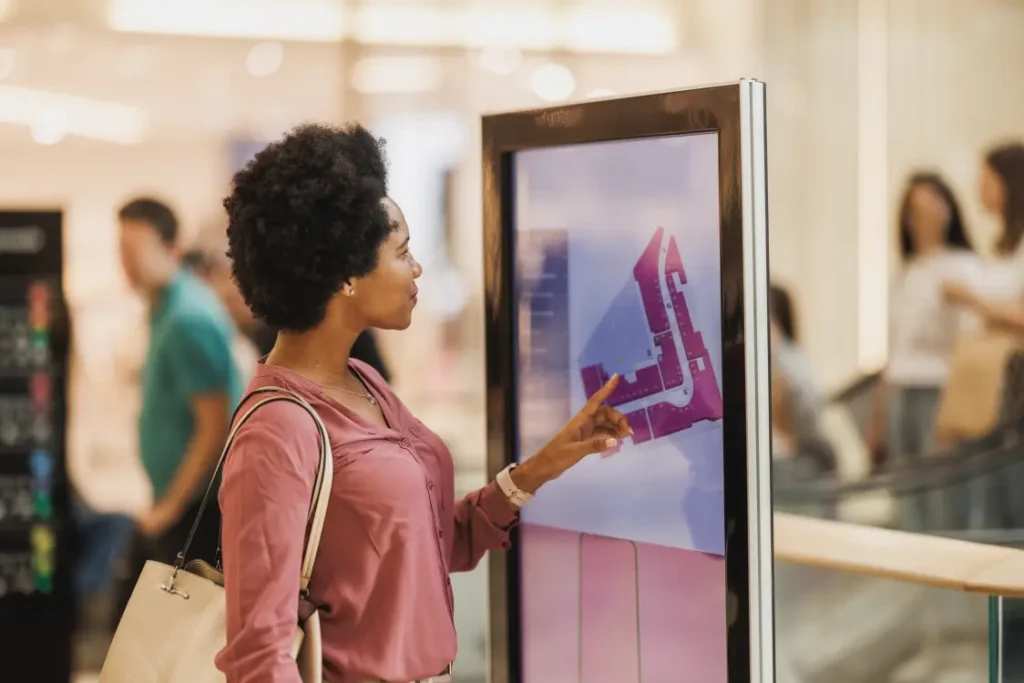 Conclusion
Conclusion
The debate between traditional service and interactive kiosks is clear – businesses that integrate kiosks gain a competitive edge in efficiency, cost savings, customer experience, and data-driven insights. As digital transformation continues to shape industries, adopting a kiosk is no longer a luxury but a necessity.
With advancements in AI, touchscreen technology, and automation, the potential for kiosks continues to grow. Whether you operate a retail store, restaurant, healthcare facility, or entertainment venue, implementing a kiosk will streamline operations and elevate customer engagement.
If you’re looking to upgrade your customer service strategy, investing in kiosks could be the game-changer your business needs!
 5. Reduced Human Error
Human errors in service-based industries can lead to customer dissatisfaction. A kiosk minimizes these mistakes by providing automated, accurate information and transactions. Customers get exactly what they want without miscommunication, ensuring a seamless and error-free service process.
For example, in restaurants, self-ordering kiosks allow customers to customize their orders precisely, reducing misunderstandings between customers and staff. Similarly, banking kiosks ensure accuracy in transactions, reducing discrepancies in financial services. With automated systems, businesses mitigate errors and enhance overall reliability.
5. Reduced Human Error
Human errors in service-based industries can lead to customer dissatisfaction. A kiosk minimizes these mistakes by providing automated, accurate information and transactions. Customers get exactly what they want without miscommunication, ensuring a seamless and error-free service process.
For example, in restaurants, self-ordering kiosks allow customers to customize their orders precisely, reducing misunderstandings between customers and staff. Similarly, banking kiosks ensure accuracy in transactions, reducing discrepancies in financial services. With automated systems, businesses mitigate errors and enhance overall reliability.
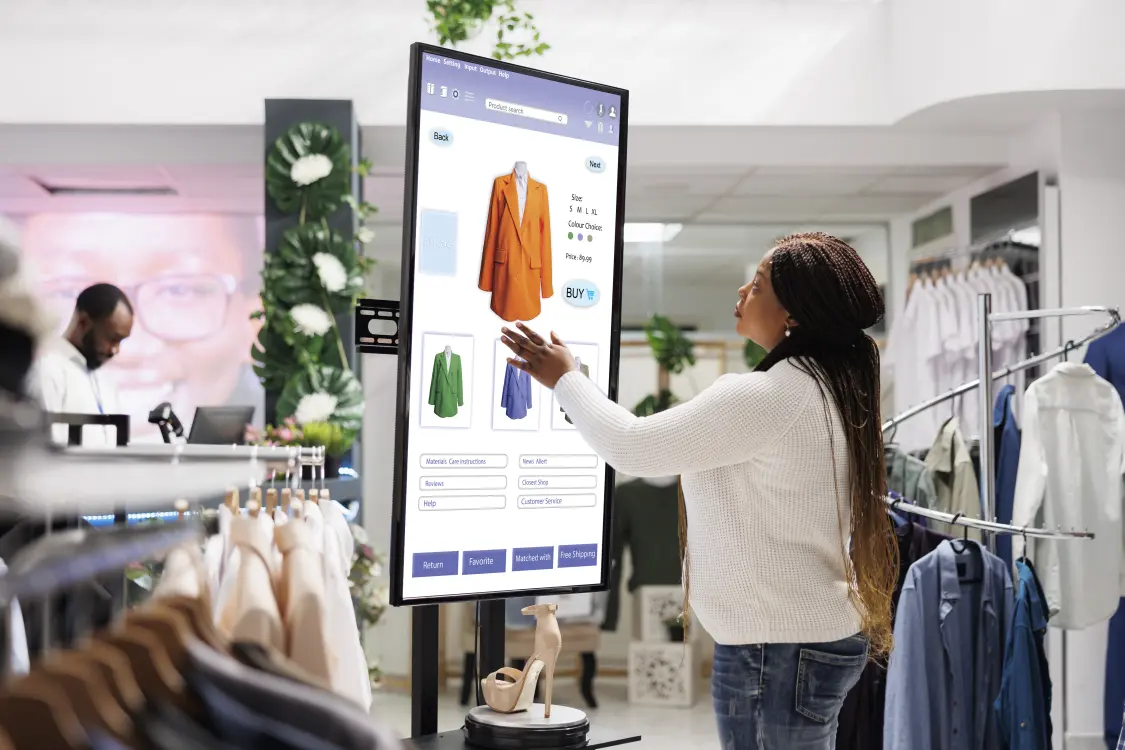

 Conclusion
Conclusion